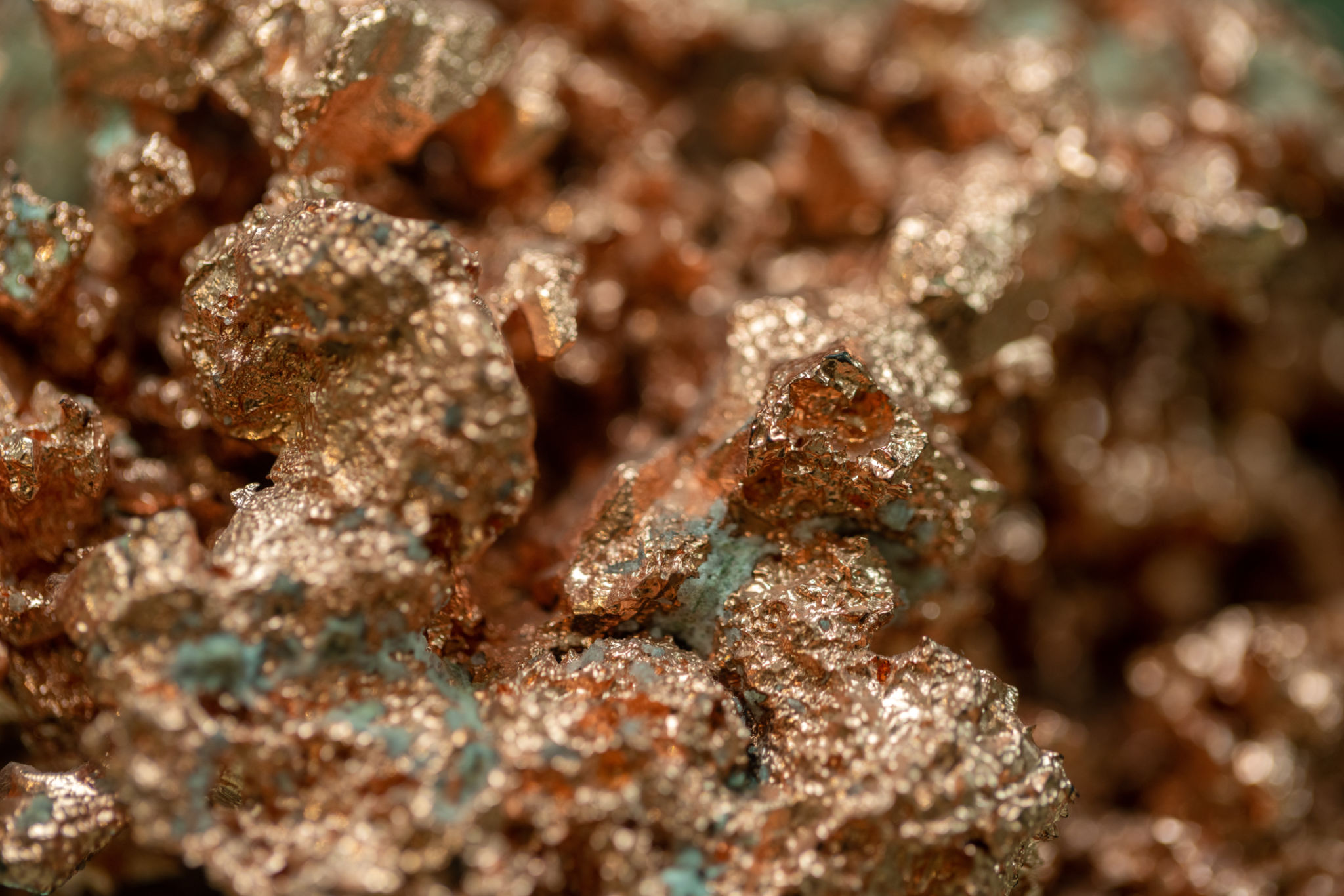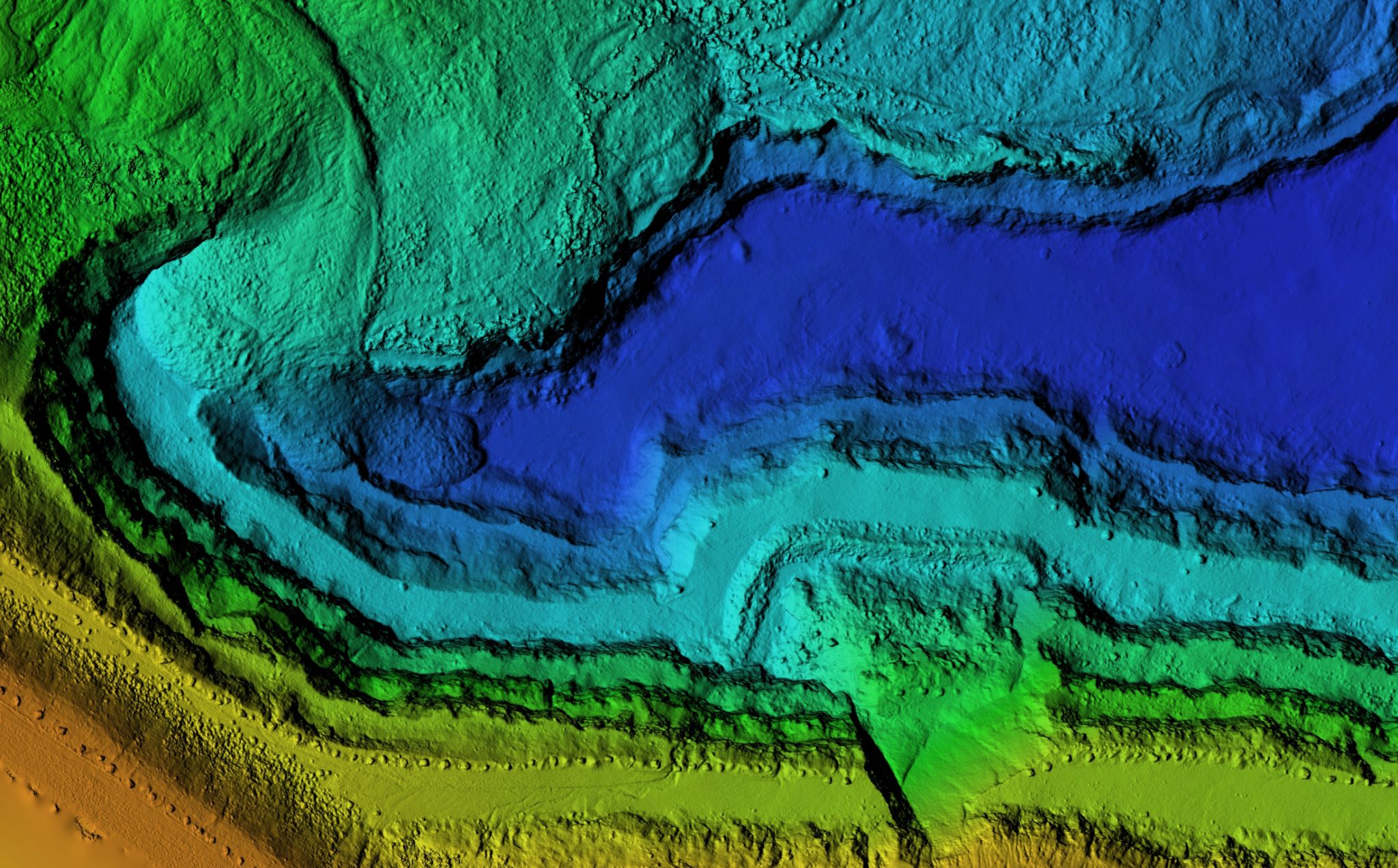Decoding Copper-Gold Anomalies: A Case Study of Musangala's License 25380-HQ-LPL
Understanding the Basics of Copper-Gold Anomalies
In the realm of mineral exploration, copper-gold anomalies present intriguing opportunities and challenges. These anomalies are geological formations where copper and gold deposits are found in unusual concentrations, often indicating potential mining sites. Understanding these anomalies is crucial for companies looking to invest in mineral-rich areas.
Musangala's License 25380-HQ-LPL is one such area of interest. Situated in a region known for its mineral wealth, this license has become a focal point for researchers and mining companies alike. The key to unlocking its potential lies in decoding the unique geological signatures present in this area.

Geological Characteristics of Musangala
Musangala’s landscape is characterized by a complex geological structure. This includes metamorphic rocks interspersed with igneous intrusions, which create a conducive environment for copper-gold mineralization. The presence of these rock types often signifies the movement of mineral-rich fluids that deposit metals over time.
Field studies conducted in the region have revealed significant alteration zones, which are indicative of hydrothermal processes—one of the primary mechanisms responsible for the creation of copper-gold anomalies. These processes lead to the formation of alteration halos that geologists use as markers for potential mineral deposits.
Techniques for Decoding Anomalies
Decoding copper-gold anomalies requires a combination of geological, geochemical, and geophysical techniques. Geologists employ remote sensing and satellite imagery to assess surface mineralogy, while ground-based surveys provide detailed subsurface data.

Geochemical sampling is another critical component. By analyzing soil and rock samples from Musangala’s license area, experts can identify elemental concentrations that point to underlying mineral deposits. These analyses often involve sophisticated laboratory techniques, such as mass spectrometry and X-ray fluorescence.
Role of Geophysics in Exploration
Geophysical methods, including magnetic and gravity surveys, play a pivotal role in identifying subsurface features associated with copper-gold deposits. These methods help delineate ore bodies by measuring variations in the earth’s magnetic and gravitational fields caused by metallic minerals.
In Musangala, these techniques have been instrumental in mapping out potential zones of mineralization. By integrating geophysical data with geological and geochemical findings, exploration teams can develop a comprehensive model of the subsurface environment.

The Economic Implications
The discovery and extraction of copper-gold deposits can have significant economic implications for the region around Musangala. It can lead to increased investment, job creation, and infrastructure development. Moreover, successful exploration efforts contribute to the global supply of these essential metals, which are critical for various industries, from electronics to renewable energy.
For stakeholders, understanding the nuances of copper-gold anomalies is not just about scientific curiosity; it’s about making informed decisions that balance economic benefits with environmental stewardship.
Future Prospects in Musangala
The future prospects for Musangala's License 25380-HQ-LPL look promising as continued research and development efforts advance our understanding of its geological potential. Collaborative initiatives between government bodies, mining companies, and research institutions are vital to unlocking these resources responsibly.
As exploration technologies evolve, the ability to accurately decode copper-gold anomalies will improve, paving the way for more efficient mining operations that minimize environmental impact while maximizing economic returns.
